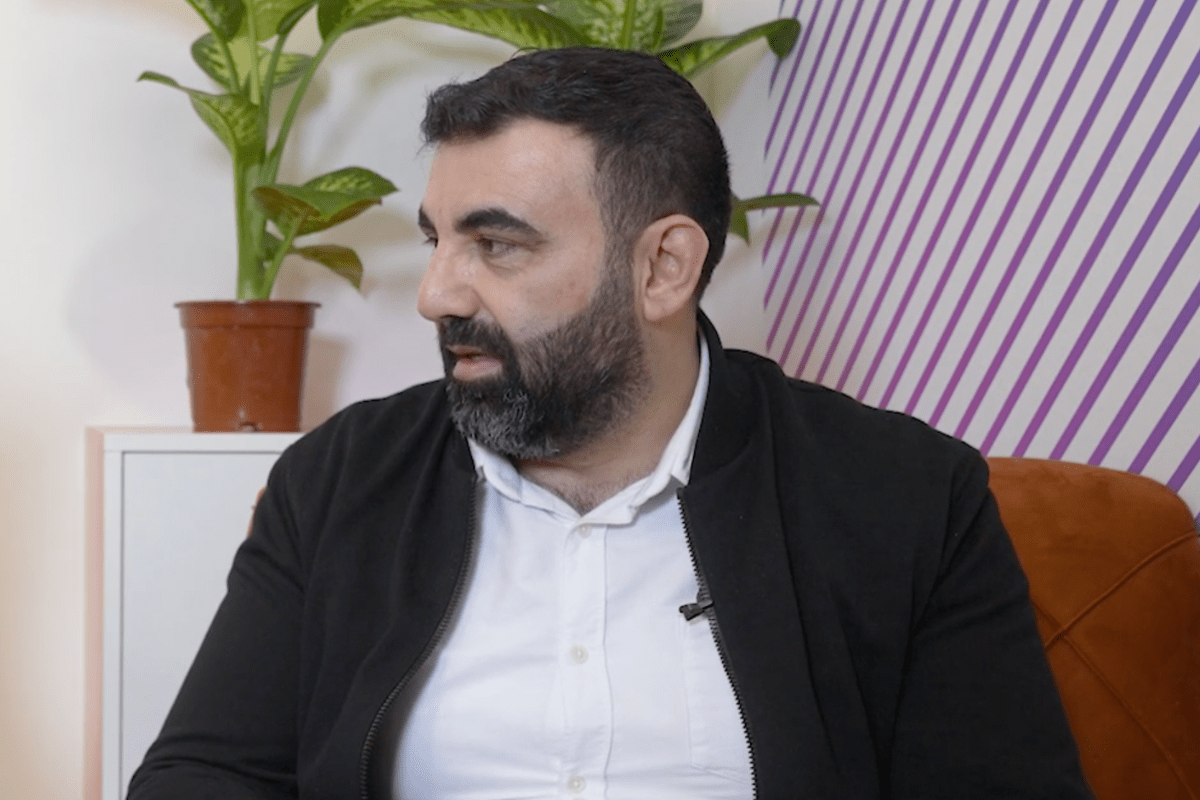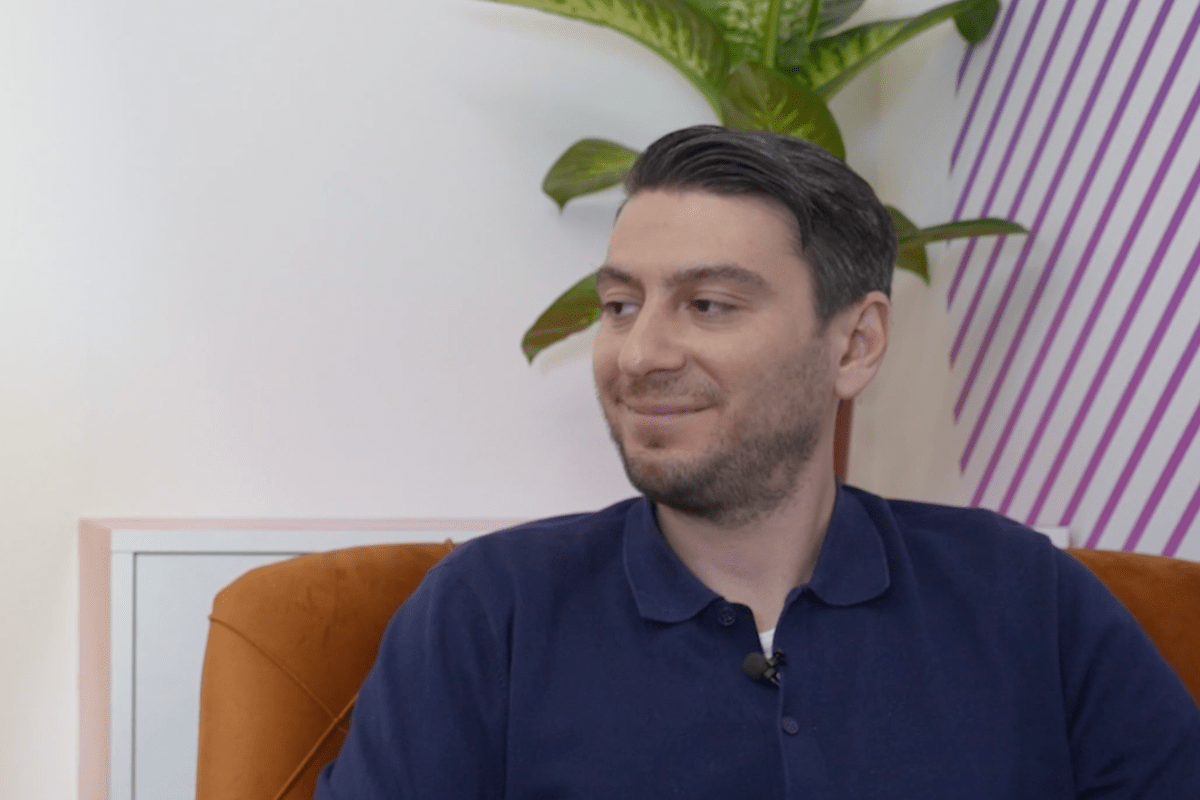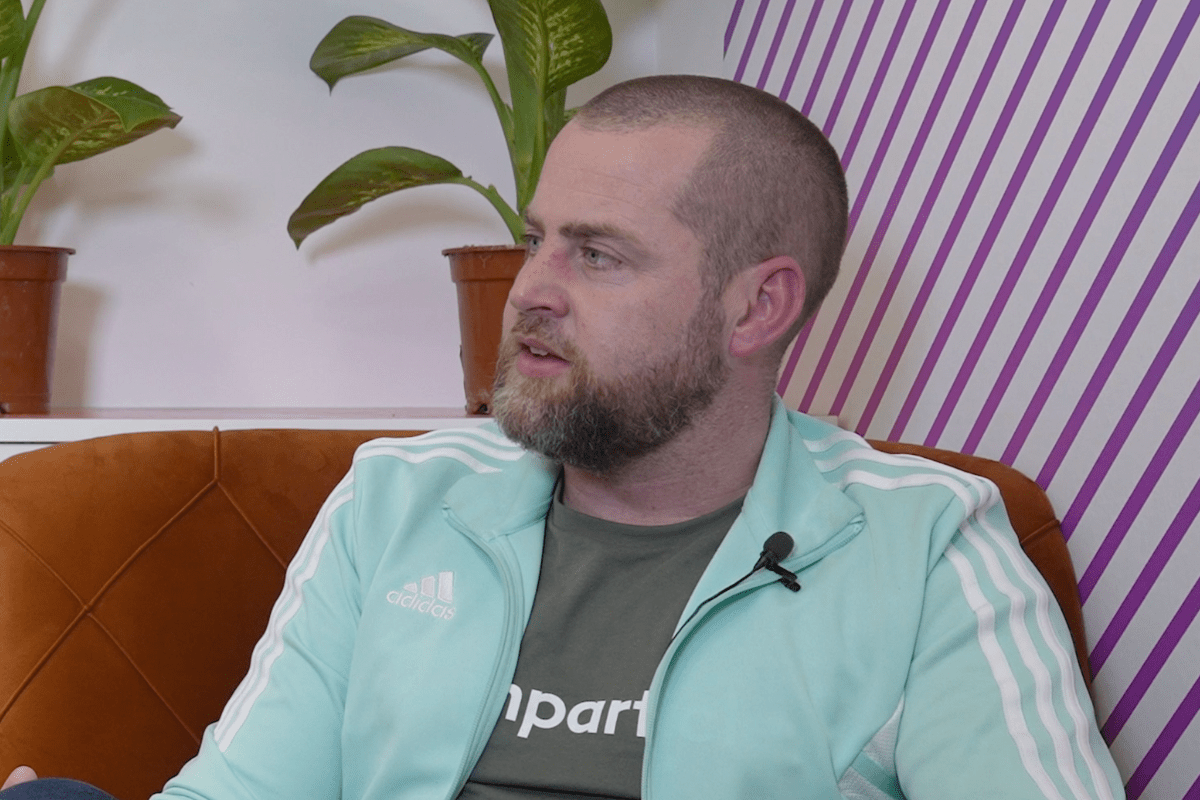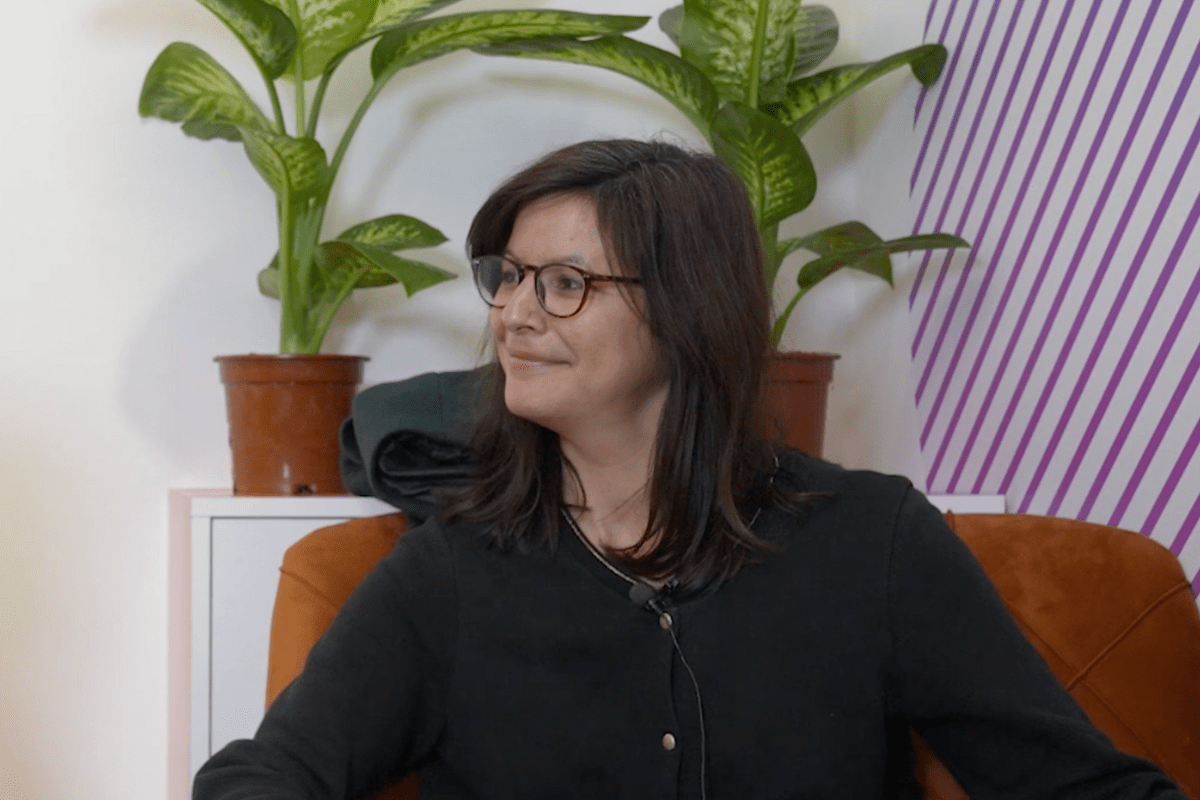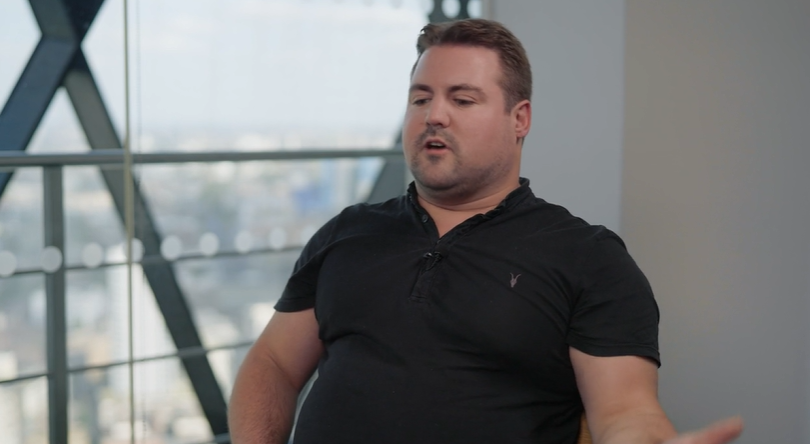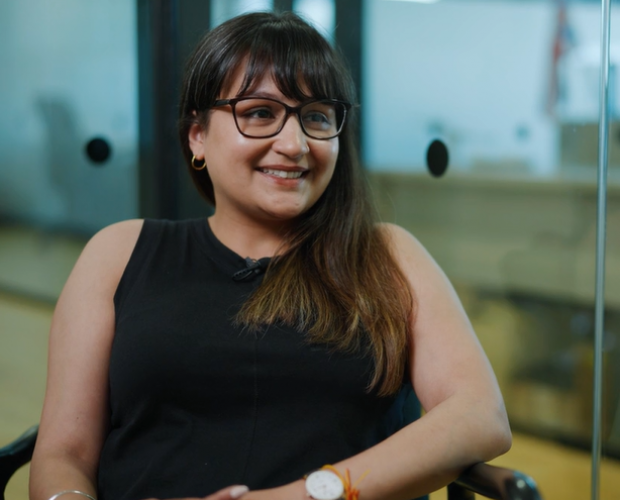Life After SMS – Turkcells Story
- Wednesday, March 8th, 2017
- Share this article:
Andy Favell sat down with Turkcell’s Aysem Ertopuz and Burak Akinci at 2016’s Turkey Innovation Week to get the full story of how the operator has changed its mobile marketing business following the Turkish government’s Regulation of Electronic Commerce Act.

“We are on a fast track from being a technology-focused company to becoming a digital experience provider company,” says Aysem Ertopuz, assistant general manager, digital services and partnerships at Turkcell.
Turkcell is Turkey’s largest mobile operator by subscribers – it has 32.7m subscribers, 44 per cent of total mobile subscribers in Turkey – and by revenue – it earns 40.1 per cent of the country’s total mobile revenue – ahead of Vodafone and Avea, according to Q3 2016 statistics from the national regulator BTK.
The telco was one of the first major innovators in mobile marketing, with a permissions-based messaging offering the jewel in its crown. Turkcell’s database business started in 2007 and quickly grew to being one of the largest in Europe. By 2015, it was delivering 798 campaigns for 663 corporate clients to opted-in customers, based on 300 different types of targeting.
Today, however, Ertopuz divides up Turkcell’s current proposition into three portfolios.
“Portfolio one is the old telco services of calls, messaging and value-added services. Adding to this are the new communications services such as BiP Messenger and Lifebox personal cloud. Layered on top are the big data analytics base, mobile marketing, digital advertising and all those potential new revenue streams that will transform our profit and loss in the long term.
“Portfolio two is focused on digital TV, digital music, digital publishing and digital gaming. These are also applicable for corporate customers as well as consumers; for example, a hospital could roll out our TV+ service to all the patient rooms.
“Portfolio three is skewed towards corporate customers, focused on smart places, smart vehicles, smart homes, smart shopping malls, smart cities and so on, including applications that businesses can use to improve productivity, revenue streams and efficiency. So, for example, smart places technology includes digital learning solutions.”
So what happened to the opt-in database?
“We have one of the most advanced opt-in database services in Europe, with approximately 12m people who have opted in to receive messages from our business customers,” says Turkcell marketing and big data services director Burak Akinci. “In a separate opt-in segment, we have 27m people that have opted in to receive commercial messages from Turkcell about our services.”
The database was particularly popular with finance, eCommerce and real estate companies, the latter of which delivered the crowning glory of this opt-in database. In early 2015, Turkcell delivered a campaign for developer Dap Yapi, aiming to generate interest in luxury apartments in a new development in Istanbul Marina, currently under construction.
The audience was selected based on profile and sent messages based on their time and location. The targeting was so successful that 228 apartments – with an average selling price of around £250,000 – were sold as a result of clients receiving the messages.
That, however, was before the rules changed. No one denies that some government action was needed. The problem was the unscrupulous Turkish companies that didn’t follow Turkcell’s lead with the opt-in database, and were bombarding Turkish mobile customers with spam text messages with no regard for whether the recipient had opted in or not.
“The experience that the customers were going through wasn’t really good, so they had to stop it,” says Akinci, “but they stopped it one step further. Now we hope there will be a comeback.”
When the Regulation of Electronic Commerce Act came into force in 2015, the operator’s opt-in service was caught in the crossfire, as regulation turned out to be more stringent than similar rules in other countries.
“The Turkish eCommerce regulation has all but killed the opt-in database business,” says Kurt Onur, a lecturer in mobile marketing and advertising at Istanbul Bilgi University’s Next Academy, and a partner at Ketchup Loyalty Marketing. “The limitations imposed by the Act are crazy. This was a major blow to Turkcell, but also impacted all Turkish operators, the agencies that worked with them and the brand advertisers.”
“The regulation forces the brand to have the opt-in of that particular customer to receive a communication to receive that brand’s communication. It makes it really difficult, because even the biggest brands have only one tenth or one twentieth of the opt-ins that we have in our database. It really stuffed that part of our business,” Akinci admits.
Growing the market
As Turkey’s SMS marketing business went into decline, though, the mobile advertising market was already beginning to take off.
Mobile advertising in Turkey was worth 145m Lira (£31m) in H1 2016, according to IAB Turkey. That’s 15.6 per cent of digital ad revenue in the country. During the same period in the US, mobile accounted for 48.5 per cent of digital revenue. With 59 per cent of Turkish people now owning smartphones, according to Pew, Turkcell believes the mobile ad market has big potential.
“Having spent 15 years outside Turkey and experiencing what is happening in the US, I think we are just beginning in Turkey,” says Ertopuz, who spent that time working at Cisco, where she was senior sales manager. “There is already a well-established market and the players are now beginning to make use of these things we’ve seen on the other side of the pond. So the market is going to just grow.”
“70 per cent of this country’s employment comes from small businesses and medium businesses, all of whom are going to need some form of digital advertising and marketing support,” she says. “Turkcell, being the leader in mobile technologies, is well positioned to help the market grow.”
With its growing portfolio of digital products – most notably in entertainment and OTT communication – Akinci agrees that mobile advertising is a big opportunity for Turkcell. He believes that apps will be particularly important to its offering for two reasons. First, because some customers now have three different Turkcell apps on their phones, and second, because the apps are OTT – meaning they are network-agnostic.
“Our apps are OTT, so they are not just used by our customers,” he says. “BiP Messenger is downloaded and used by 11m people – 1m of whom are outside Turkey – but 4m of those are our competitor’s customers. So we are not just marketing to Turkcell customers anymore.”

Making big data bespoke
With detailed information on its 33m subscribers, Turkcell claims to have one of the biggest data warehouses worldwide. The strategy is to harness this customer data to improve the accuracy of targeting in mobile marketing and advertising, both for client advertisers and the operator’s own campaigns. Data allows advertisers to target Turkcell users based on 300 criteria, coupled with location-targeting across the operator’s portfolio and, through partnerships, to other publishers’ channels. For example, Turkcell has run pilot projects with social media companies to enable brands to run social media campaigns that are enhanced with Turkcell’s demographic or behavioural attributes.
It also plans to use the data to inform business and marketing strategy, again for both the operator itself and its clients and partners. As the country’s largest operator, Turkcell shares a common customer base with other Turkish companies, and so by opening up its data insights service it can help these companies to better understand the shared customer.
“We are going to have to be very smart in terms of investing in data analysis tools, and how we evolve and process this data, how we incorporate the insights from this data into our own business model and innovation, and also how we add value for our business customers,” says Ertopuz. “But we are also aware that we are going to need partners to drive this innovation rather than just using our own capabilities and resources.
“Any company that would be willing to join forces with us to provide a better experience to our common customer is very welcome. For example, we talk to Facebook and Google a lot.”
Turkcell is also courting retailers, adds Akinci. “We have a huge depth of data. Other than the usage data, we have the location data, we have the spending data. However, second-party data is very important to make your big data commercial.
“We are in partnership with the biggest retailers. They are also using our authentication tools for their own apps, and they want to have knowledge about the people that are downloading their apps, and we are jointly communicating to the people who use their apps. So it is much richer knowledge about the consumer from both sides.”
One example of this is Hopi, the loyalty app of the Turkish department store chain Boyner, which uses Turkcell’s big data to enhance campaign management and targeting capabilities.
The operator also offers bespoke data insight services. A good example of this was a project for AnadoluJet, a subsidiary of Turkish Airlines which runs domestic flights within Turkey. As the parent company upgrades its international fleet, AnadoluJet will often use the retired planes for domestic duty.
To help the strategists at AnadoluJet decide between a shortlist of routes, Turkcell mined its data for insights into the most popular flights taken by its customer base, calculated from where handsets were disconnected (ie. on departure) then later reconnected (ie. on arrival) to the network.
The importance of data management
A number of large telcos, including Verizon Wireless and AT&T, are developing DMP (data management platform) capability, in order to help companies identify audiences and improve targeting, particularly of display ads, by combining data from different sources – and Turkcell plans to join them.
The operator has just reached the end of the vendor selection process, so it is still early days, and the launch date remains confidential. When it does launch, however, the DMP will allow Turkcell to integrate different sources of online and offline data, and analyse these data streams to match online and offline profiles into a single identity for each customer. From there, it will be able to deliver highly targeted ads to customers, for its own campaigns and those of its clients and partners.
“This is our new baby,” says Akinci. “We believe the DMP will give us the capability to activate our big data in the digital advertising world. We are sitting on huge data but we can only activate it for our own communications right now. But the plan is to use this with all display and search advertising. So as soon as the DMP is ready, with all systems integrated, we will be able to use that data to create a unique profile to target the customer wherever they are on the internet.
“The user ID will be anonymous, to ensure security and privacy, but we will have the ability to target them wherever they are. So this will be a huge value to our business customers. A DMP, especially the DMP of a mobile operator, with this kind of data is hugely valuable. This is why AT&T and Verizon and all the big operators are getting into the DMP business,” Akinci concludes. “The reason is obvious.”
This article first appeared in the February 2017 print edition of Mobile Marketing. You can read the whole issue here.




